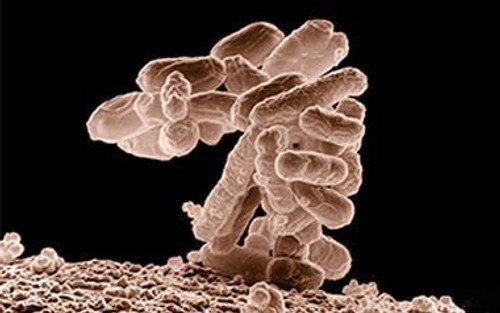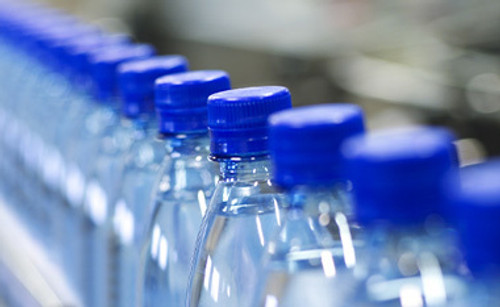Tannins are a type of organic compounds that are formed when plants decompose. Tannins frequently reside throughout surface water supplies and shallow wells, which are located below sea level, watery and coastal areas. Water passing through dead zones that have a lot of decomposing vegetation gathers these microscopic plant particles, giving the river its hue. While this coloration is commonly misunderstood for debris or contaminants, it's in fact tannins in water.
The tannins can produce vinegary or sour aftertaste in drinking water. Individuals may also smell a mouldy or citrusy odor emerging from the water. Tannins in water is deemed an aesthetic issue. Even if they can make water undesirable for drinking and staining washing, they do not pose any health danger.
Tannins can have the same effect on water from a private well. Ground water can flow through decomposing plants or tannic soil on its path down to the reservoir that sustains your well.
[custom-specifications]
Tannins are natural biological substances that can be the result of decaying plant life and with the passage of water through peaty soil. This is capable of causing water to have an obscure yellow to tea-like color, and can produce yellow staining on materials.
Although tannins in water present minimal health or safety risks when consumed or utilized in the home, they might cause some peculiar issues. Aside from the unsightly appearance, tannins in water may have a damp, crop-like odor and an unsettlingly sour aftertaste when ingested. The amber color has the ability to persistently discolor laundry and act similarly to a dye.
Over the past decade various resins have entered the industrial and commercial market, which has made removing tannins from water more simpler for the water treatment supplier.
[/custom-specifications]
[custom-features]
How to remove tannins from water?
While the water treatment industry is growing, it can still be highly difficult to remove tannins from water. One water purification procedure may work productively in one region, but wholly inefficient in another. The treatment methods success usually is reliant on the vegetation in a given area.
Ion exchange systems are considered the best water treatment technology in regards to removing tannins from drinking water. For effective usage ion exchange systems and to prevent the system from fouling or scaling, proper pretreatment must be installed. These pretreatment methods can be in the form of water softening, media filters, UV sterilizers, and ultrafiltration, which all extend the life of the ion exchange system and improve tannin absorption. To increase the efficiency of the ion exchange system, regeneration methods should also be employed such as adding salt water solutions and baking soda. When cleaning is required, the water will produce a fish-like smell caused by the fouling ion exchange resin.
Reverse osmosis systems is another commonly as additional treatments or polishers for the removal of tannins from water. Reverse osmosis effectiveness lies primarily in the fact that tannins are high molecular weight organics. Despise this fact, tannins in water can be harmful to reverse osmosis systems with the propensity of fouling the membrane within the system. Another advantageous feature of the reverse osmosis process is in the change that the characteristics within the feed water changes, then the RO system can tolerate that.
One last treatment method is called oxidation but not as straightforward as ion exchange systems. Chlorine is one of several oxidation agents which are efficient in removing tannins from water. Measuring the concentration and retention time for effective oxidation of feed water with tannins can be down through a simple jar test. Certain types of activated carbon units are also capable of lowering levels of tannins in water to acceptable levels.
[/custom-features]
Recommended Systems would be our:
[/custom-usage]
-
very informative
I love this content!
- Related Project1:
- https://pureaqua.com/surface-water-filtration-system-50-gpm-belize/
- Related Project2:
- https://pureaqua.com/activated-carbon-filtration-system-80-gpm-oman/
- Related Project3:
- https://pureaqua.com/twin-alternating-carbon-filtration-150-gpm-usa/
- Related Project4:
- https://pureaqua.com/industrial-brackish-reverse-osmosis-plants-3x126816-gpd-egypt/
 ENGLISH arrow_drop_down
ENGLISH arrow_drop_down
 ESPAÑOL
ESPAÑOL ???????
??????? PORTUGUÉS
PORTUGUÉS FRANÇAIS
FRANÇAIS













